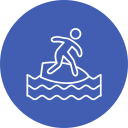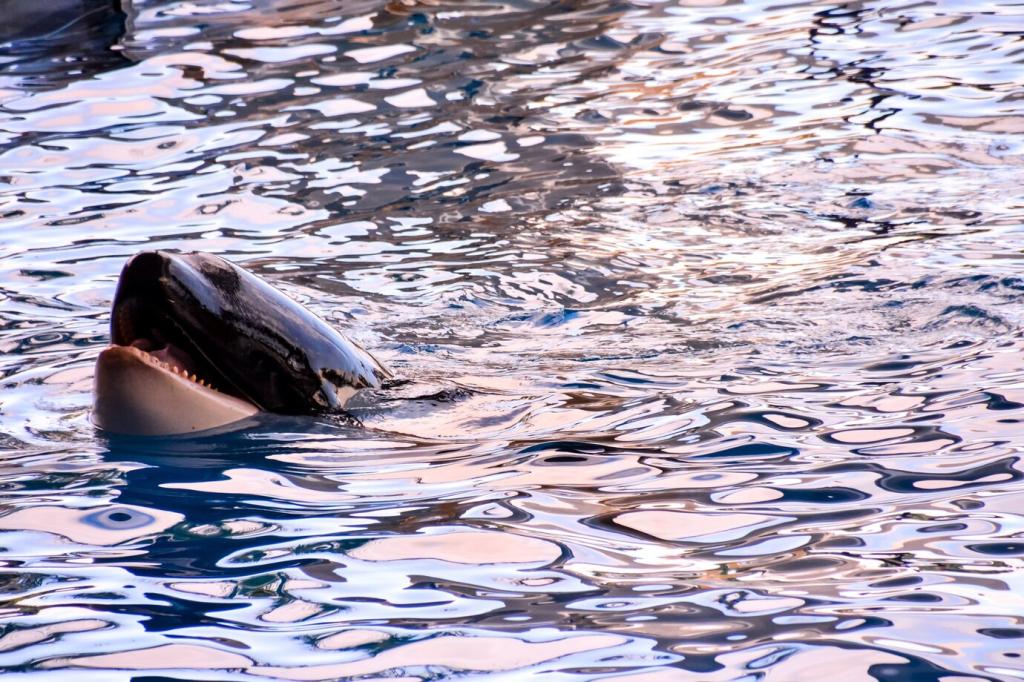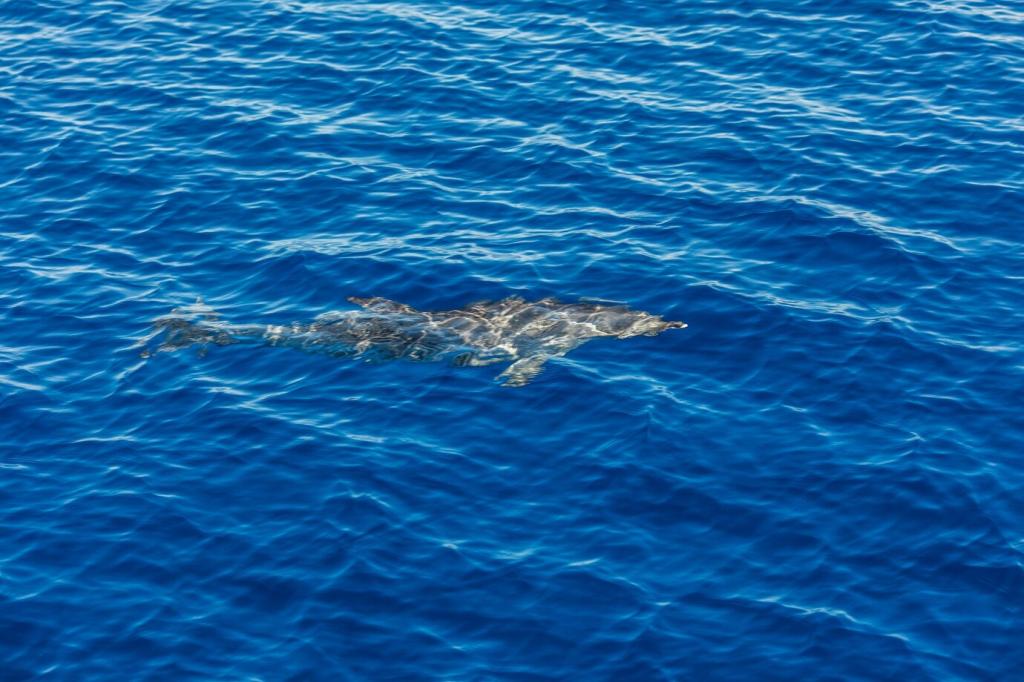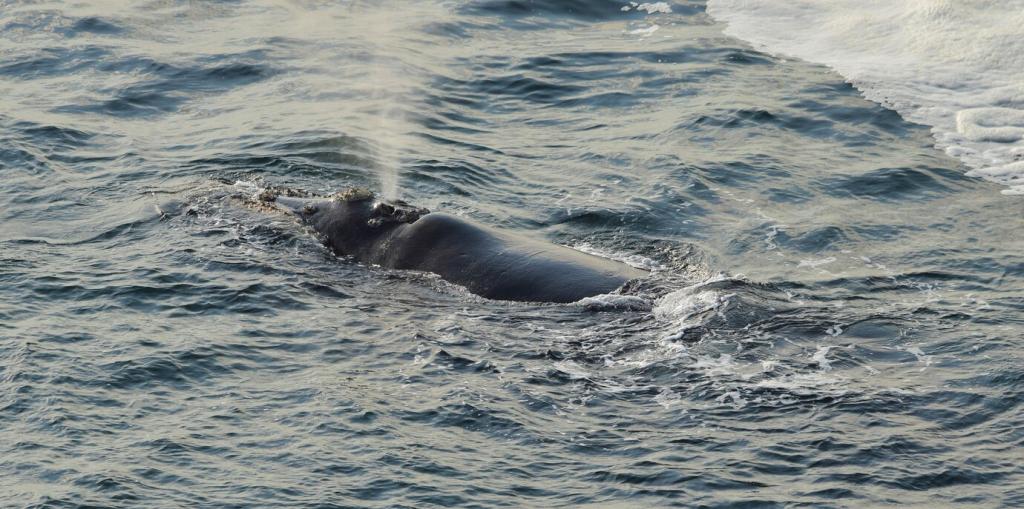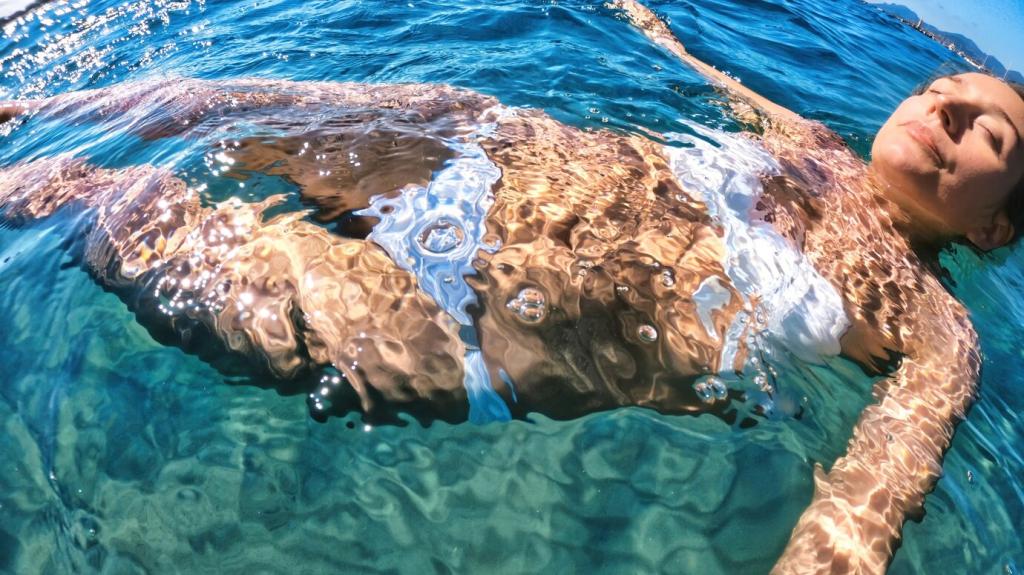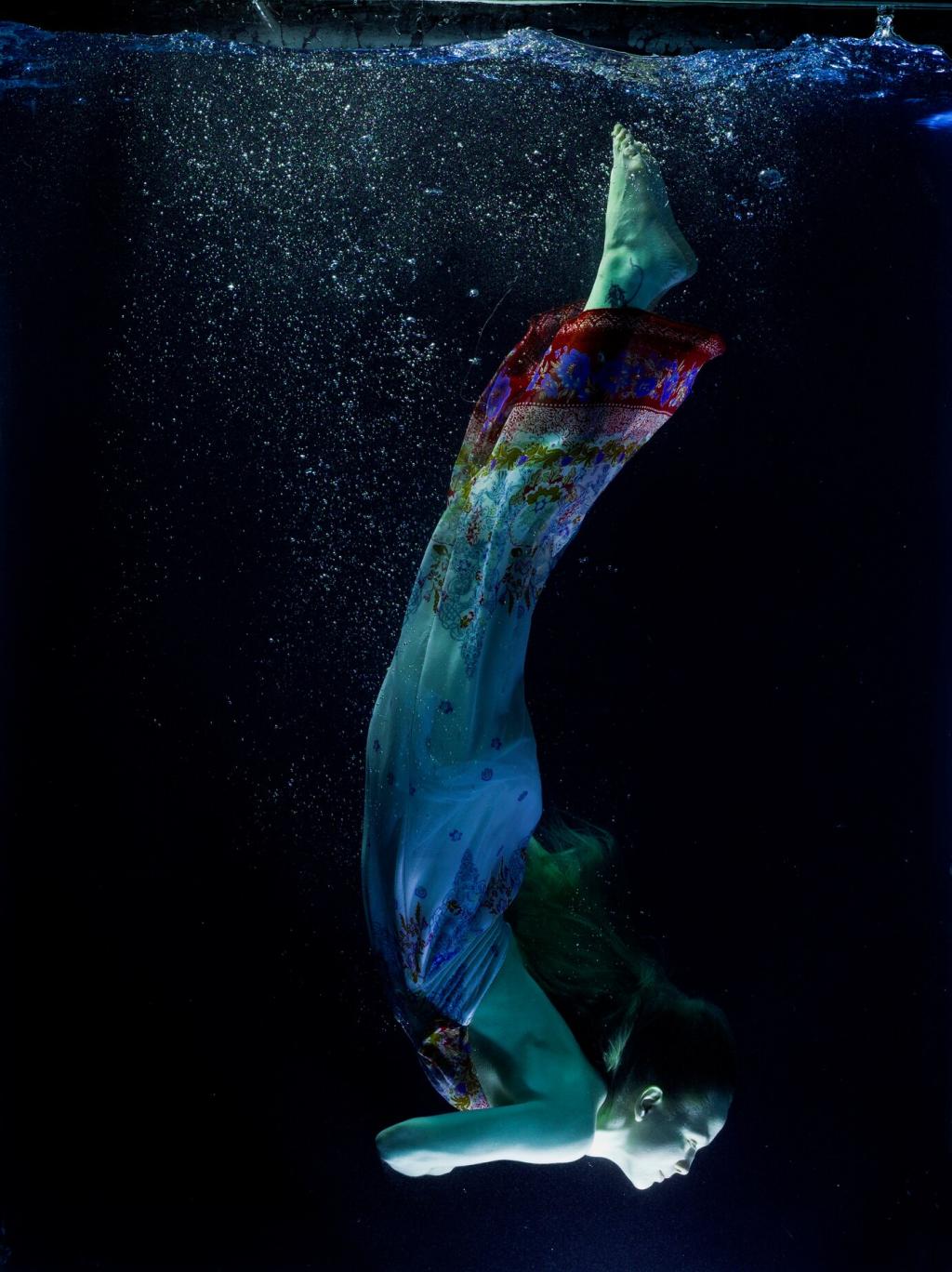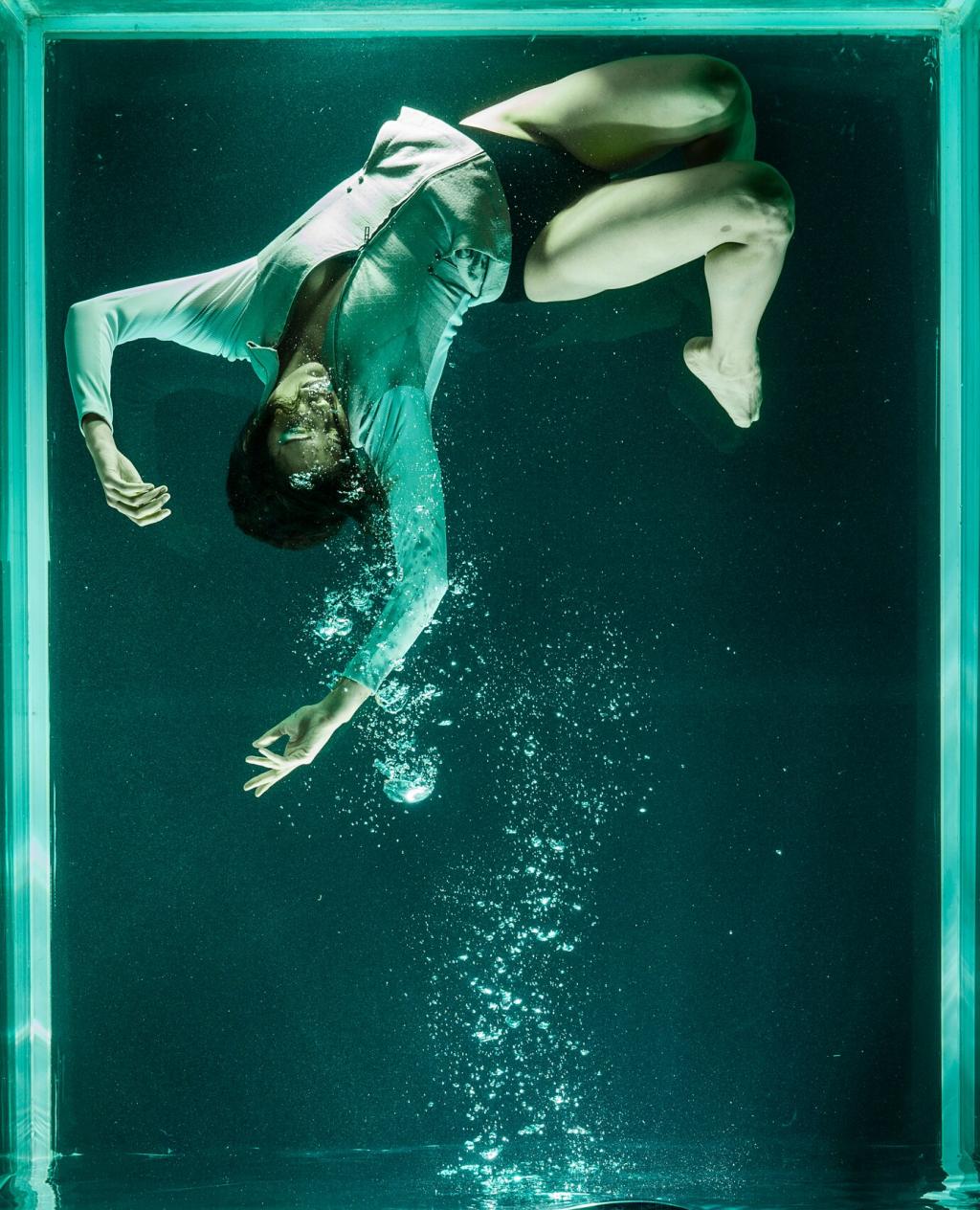Butterfly Demystified: Flow Over Force
Lead with chest pressing slightly down, then let hips rise as water lifts you. The wave travels, not jerks. Two gentle body pulses per cycle conserve energy and keep your kick connected to the pull.
Butterfly Demystified: Flow Over Force
Use a small kick during the catch to help hips up, and a stronger kick during the push to surge forward. Think whisper, then boom. This pairing anchors your arms and prevents heavy, sinking shoulders.
